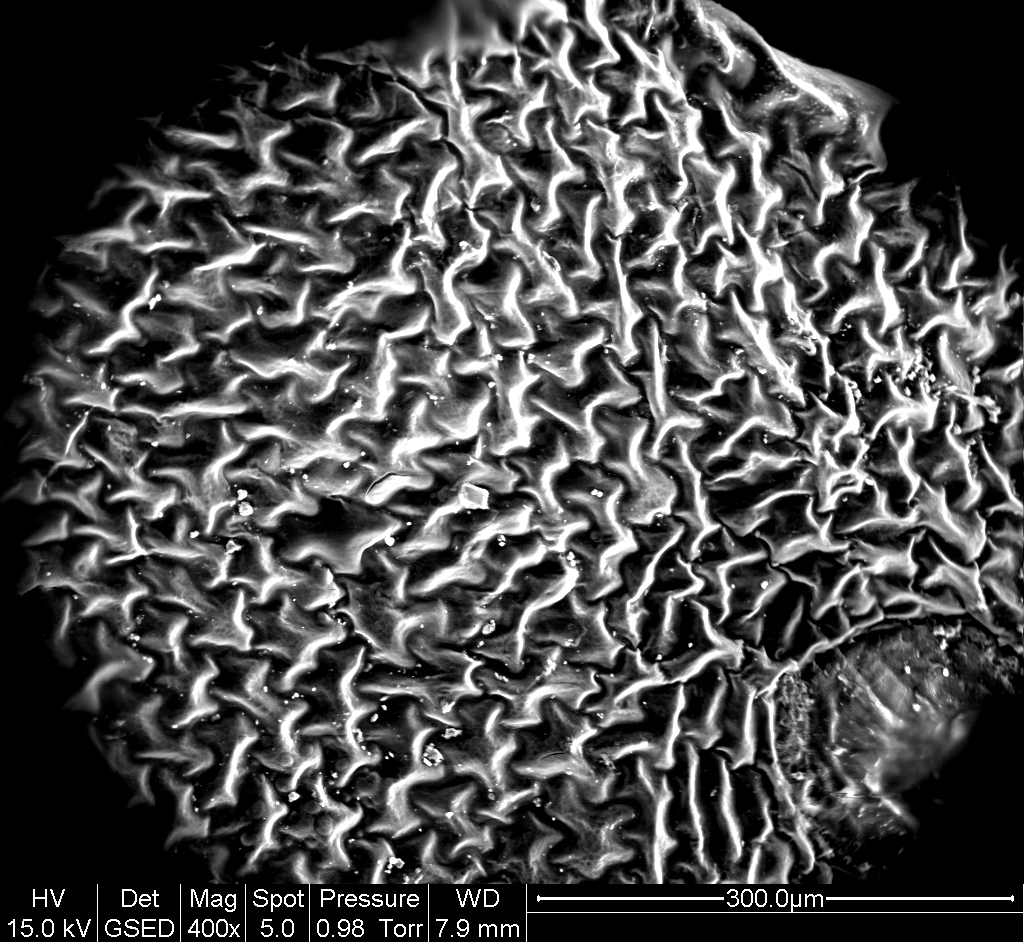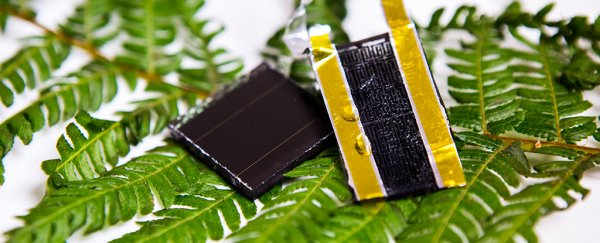Drawing inspiration from the plant world, researchers have invented a new electrode that could boost our current solar energy storage by an astonishing 3,000 percent.
The technology is flexible and can be attached directly to solar cells - which means we could finally be one step closer to smartphones and laptops that draw their power from the Sun, and never run out.
A major problem with reliably using solar energy as a power source is finding an efficient way to store it for later use without leakage over time.
For that purpose, engineers have been turning to supercapacitors - a type of technology that can charge extremely fast and release energy in large bursts. But for now, supercapacitors aren't able to store enough energy to make them viable as solar batteries.
So a team from RMIT University in Melbourne, Australia decided to investigate how living organisms manage to cram a lot of energy into a small space, and their imagination was soon spurred on by the ingenious fractal-based leaves of a common North American plant - the western swordfern (Polystichum munitum).
"The leaves of the western swordfern are densely crammed with veins, making them extremely efficient for storing energy and transporting water around the plant," says one of the team, nanoengineer Min Gu.
"Our electrode is based on these fractal shapes - which are self-replicating, like the mini structures within snowflakes - and we've used this naturally-efficient design to improve solar energy storage at a nano level."
In the image below, the surface of a fern leaf is magnified 400 times, and you can clearly see the self-replicating pattern that researchers used in their design:
 RMIT University
RMIT University
To make a highly conductive electrode, scientists use lasers to manipulate graphene, the versatile one-atom-thick carbon nanomaterial that can conduct electricity at impressive rates.
Using a fractal-based design in the graphene electrode and combining it with existing supercapacitors, Gu and his team achieved 30 times higher energy storage capacity.
This means that if their new electrode is successfully implemented, we could see solar cells linked with superconductors that have 3,000 percent more storage capacity than what's currently possible.
"Capacity-boosted supercapacitors would offer both long-term reliability and quick-burst energy release," he says.
Gu believes this would make these new-fangled supercapacitors ideal alternatives for solar energy storage, as you could efficiently retrieve a decent amount of power - even on an overcast day.
So far, this first batch of electrodes is just a proof of concept for the new fractal-based approach, but the researchers are already enthused about potentially wide applications of their new technology.
"The most exciting possibility is using this electrode with a solar cell, to provide a total on-chip energy harvesting and storage solution," says lead researcher Litty Thekkekara, a PhD student at RMIT University.
While it's possible to do this with existing solar cells of the type you frequently see on the rooftops of houses, Thekkekara thinks that it would be especially useful to integrate their new electrode with thin-film solar cells, the 'next generation' of flexible photovoltaics that could be used virtually anywhere.
"[It] could be used almost anywhere you can imagine, from building windows to car panels, smart phones to smart watches," she says. "We would no longer need batteries to charge our phones or charging stations for our hybrid cars."
"Now the focus needs to be on flexible solar energy, so we can work towards achieving our vision of fully solar-reliant, self-powering electronics."
The prototype has been described in Scientific Reports.
